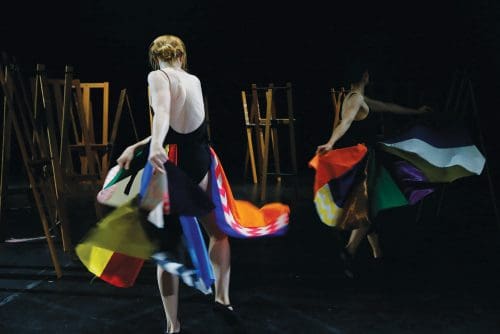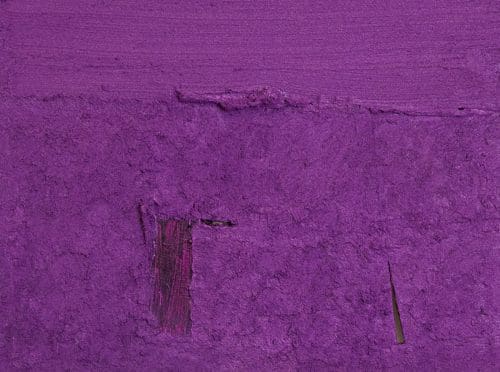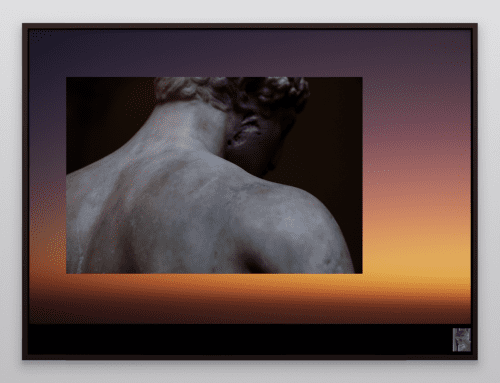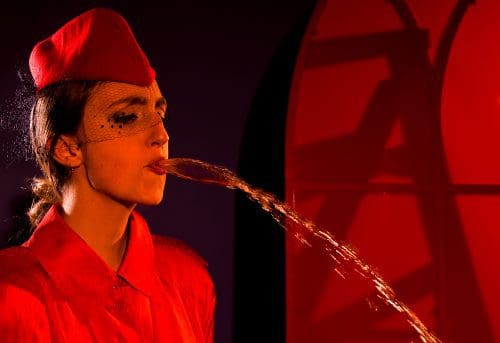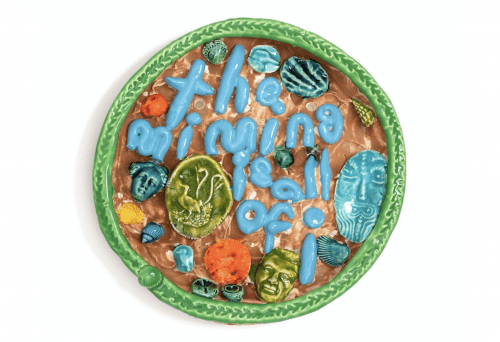
Between worlds
The conceptual backbone of Bundit Puangthong’s art is the tension between holding onto the past and letting go.
The conceptual backbone of Bundit Puangthong’s art is the tension between holding onto the past and letting go.
Australian artists Bessie Davidson (1879–1965) and Sally Smart are connected not only by relation: they are also both strong feminist presences in male-dominated, avant-garde traditions.
Colin Langridge responds to the global environmental crisis with a series of large-scale wooden sculptures at Colville Gallery.
Louise Gresswell gives us an insight into the very process of painting itself.
The Melbourne Art Fair has been postponed until February 2021, but their online viewing rooms are open to the public 3-7 June, offering a way to connect with the fair now.
“Addressing climate change is a moral imperative … it is going to take a myriad of different approaches to address this crisis.”
Now that we’re all confined to our living spaces, Jenna Pippett and Tanya Lee are taking the shift philosophically at Adelaide Central Gallery.
“Extraordinarily beautiful and uplifting” works produced through The Torch program reveal artists connecting with culture, identity and Country.
The Body Electric explores the depth of what it means to have a material body capable of intimacy, sex and desire.
David Claerbout’s project Olympia, a digital rendition of the iconic Berlin stadium going to ruin over the course of a millennia, won’t be finished in his lifetime.
For ceramicist Glenn Barkley, the lagoon is “a swampy place where ideas come from”.
In The Long Kiss Goodbye, six artists transform old artworks, materials, ideas and images.
